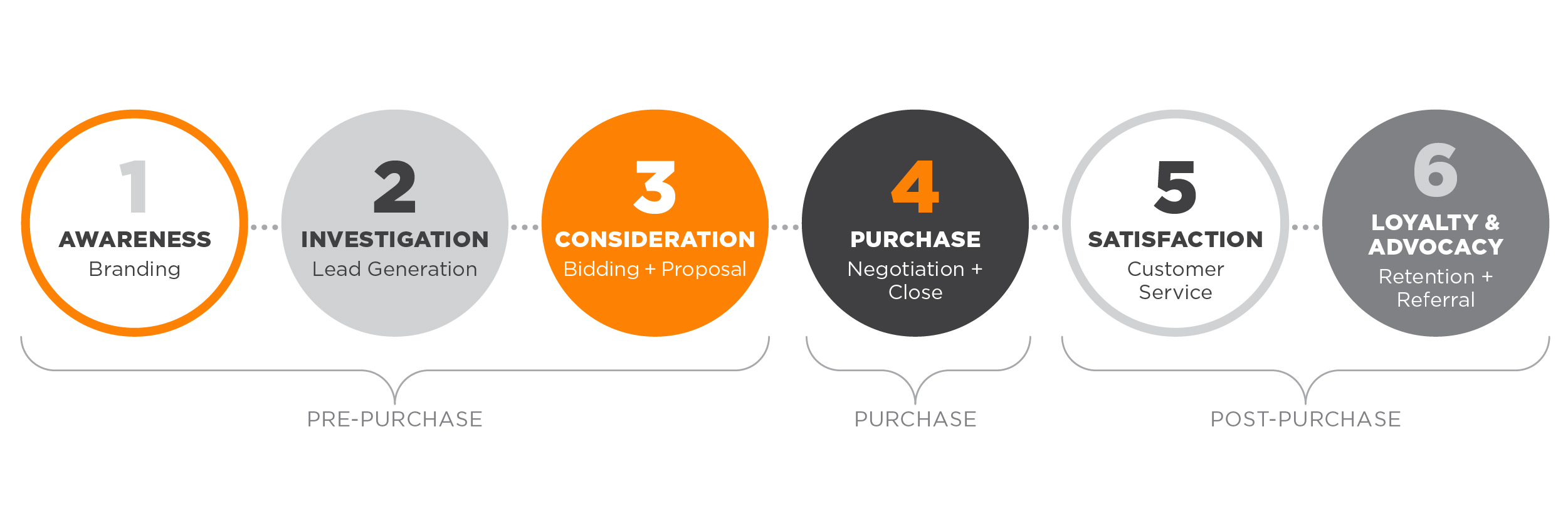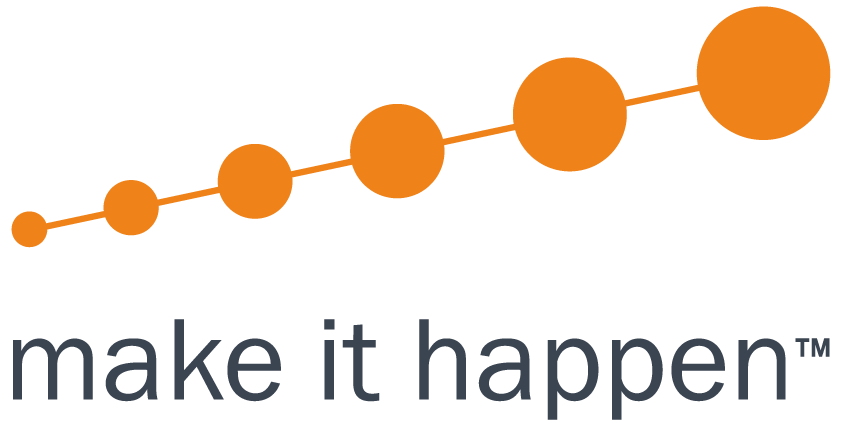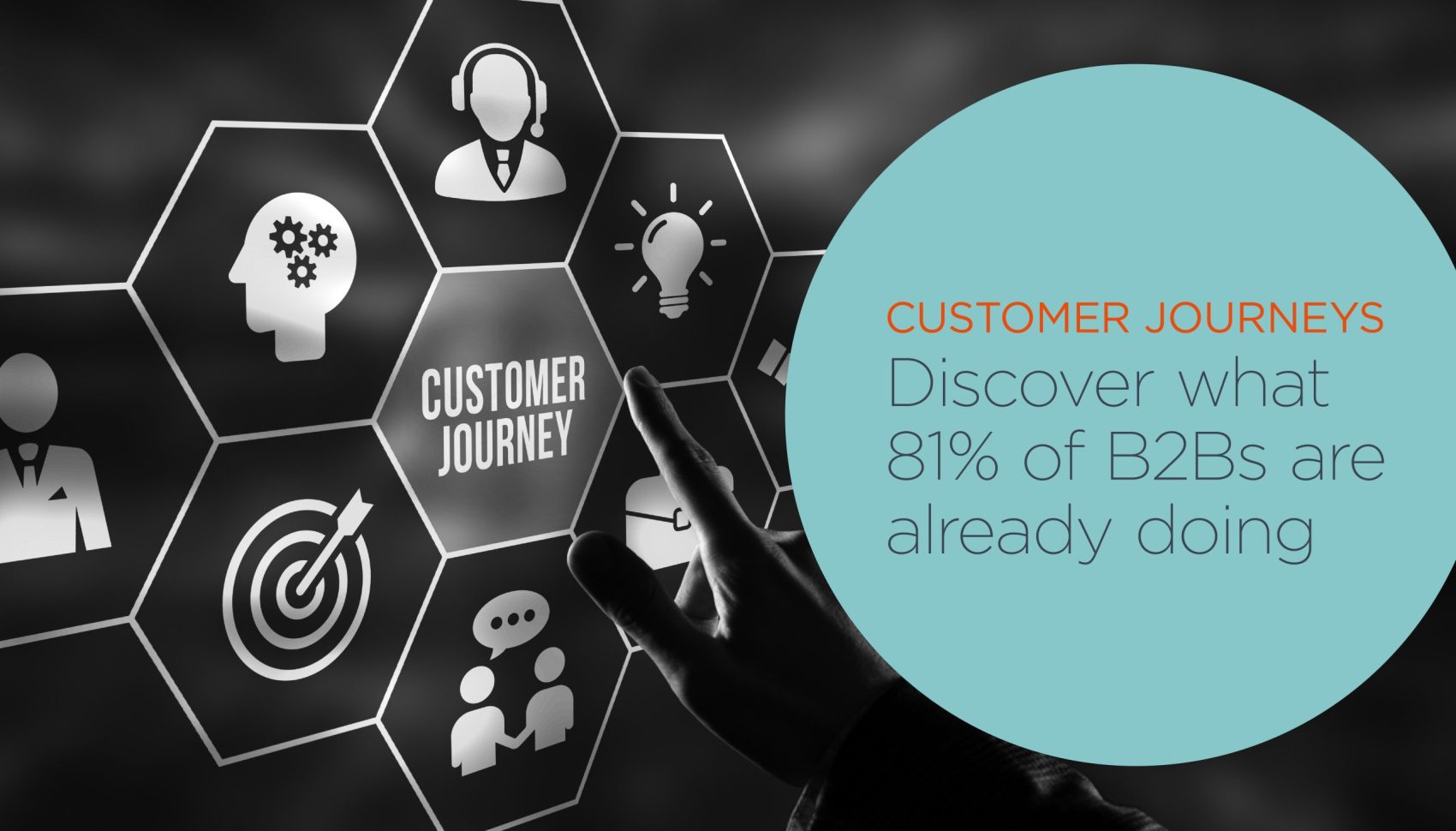Customer journeys may seem simple, however, there’s a lot that has to happen in between you offering your product or service and your audience converting. Customer expectations have, and continue to change rapidly, with increasingly complex touchpoints making it more difficult- and more important to create a smooth customer experience.
To get around this increase in complexity, professionals turn to the process of mapping the customer journey. A Forrester study found 81% of customer experience professionals have indicated that they are mapping experiences from their customer perspective, which means if you’re not, your B2B and Non-profit competitors almost certainly are.
What is the customer journey?
The customer journey marks the interactive process and roadmap that your prospects and clients have with your brand. It can include anything from swiping up on your Instagram story, signing up to your email list, or interacting with your chatbot or customer service agents.
Every single touchpoint along the road of their journey contributes to an overall experience that informs their perception of your brand, product, and services.
For marketers and those in the game of customer experience, focusing on improving brand perception, wait times, sales processes and complaint handling proves invaluable- particularly as many in the B2B space walk further down the path towards digital transformation.
What is a Customer Journey Map?
Customer Journey Mapping involves defining your audience’s buying journey towards a commercial goal. You need to make friends with both empathy and data to put yourself in the mindset of your customer and try and identify potential pain points or stumbling blocks they may experience.
Mapping then takes this valuable data and plots all the information your audience needs to facilitate their buying decisions; taking them on a psychological journey where they will then be receptive to your prompts to engage or buy.
The customer journey map itself is a visual representation of every experience your customers have with your brand. There’s no precise right or wrong way to present your information, as long as it’s clear and easy to understand. Many people like to use a digital flowchart or mind mapping tool.
There are two primary types of customer journey maps. Proactive journey mapping is often used as a wake-up call for an organisation to promote new products or design the best interactions from the get-go. In other words, it’s best to reinvent old journeys or create new ones.
Reactive journey mapping comes about as a response to changes in the business or the market. It’s best used to adjust customer journeys to new stimuli.
How can you use a Customer Journey Map?
Once you’ve gone to the work of mapping out the customer journey, there are a number of useful applications for your map.
- Forecast and design new experiences
- Optimise or repair issues in the current customer journey
- Capitalise on an opportunity
- Differentiate from competitors by continuously offering the best experiences
- Elevate an overall experience, not just repair it.

While most organisations have cottoned onto the importance of journey mapping, only 21% of – primarily B2B companies – have expanded this to include the full ecosystem of business operations including people, process and technologies that deliver the journey.
Stick with this series as we continue to explore the organisational benefits of mapping the customer journey.
Contact the MIH team if you would like to discuss how journey mapping could work within your business.

